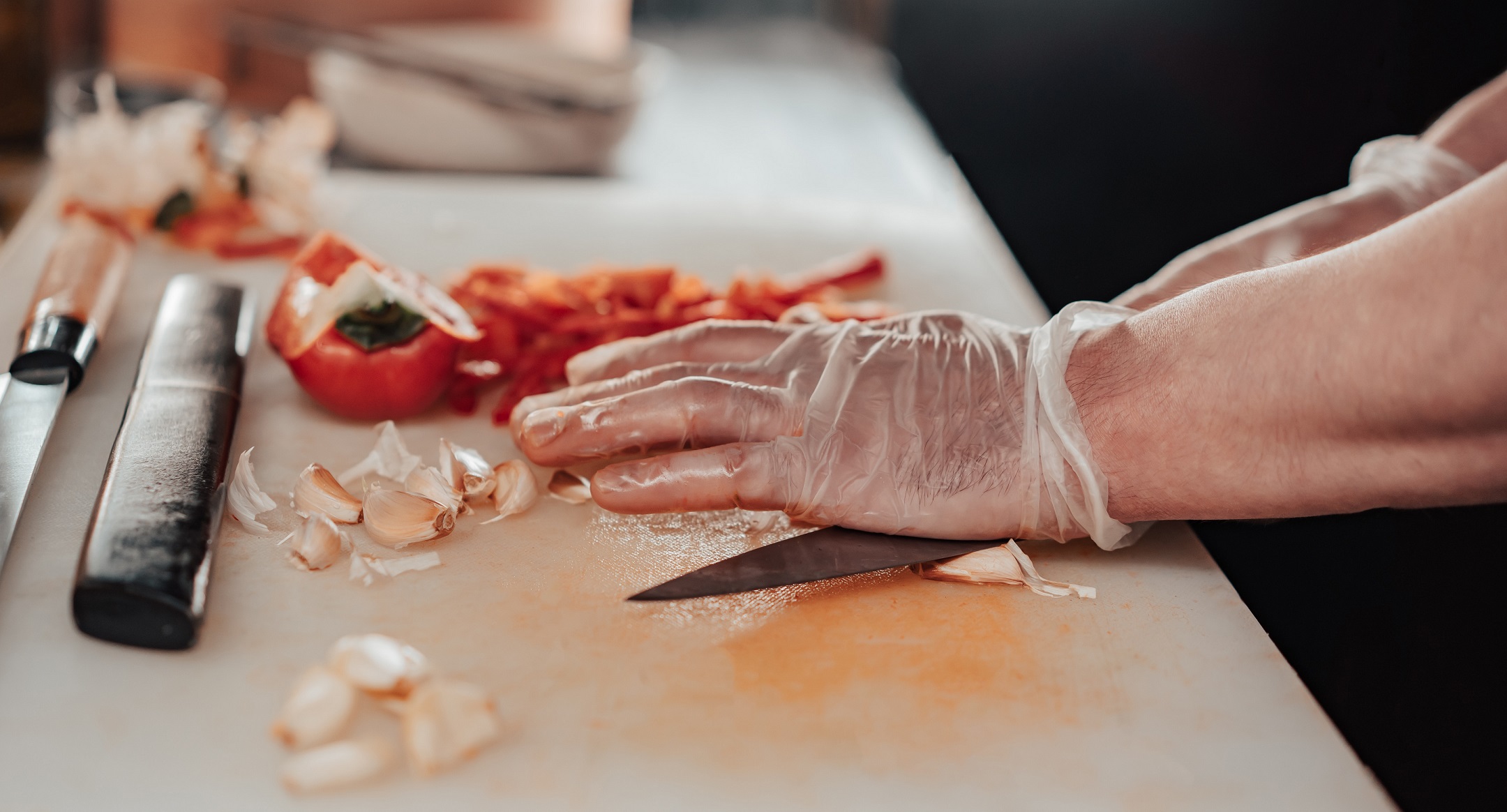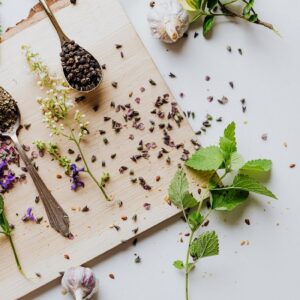Spices are the magical ingredients that can transform an ordinary dish into a flavorful masterpiece. They have been used for centuries to enhance the taste, aroma, and visual appeal of food. If you’re a beginner in the kitchen, venturing into the world of spices can be intimidating. But fear not! In this beginner’s guide, we will explore the basics of cooking with spices, from understanding flavor profiles to using them effectively in your recipes. So, let’s embark on a flavorful journey and discover the art of cooking with spices.
Understanding Flavor Profiles:
Before you dive into the world of spices, it’s essential to understand their flavor profiles. Spices can be categorized into different flavor categories, including sweet, savory, spicy, earthy, and citrusy. Each spice adds a unique taste to your dishes. For example, cinnamon and nutmeg fall under the sweet category, while cumin and paprika add savory notes. Familiarize yourself with the flavors of common spices, and experiment with combinations to create your own signature blends.
Start with the Basics:
As a beginner, it’s best to start with a few staple spices that can be used in a wide range of recipes. Some essential spices to have in your pantry include:
- Cumin: Adds a warm and earthy flavor, commonly used in curries, chili, and roasted vegetables.
- Paprika: Provides a mild smoky and sweet taste, perfect for seasoning meats, stews, and soups.
- Turmeric: Imparts a vibrant yellow color and a slightly bitter taste. Widely used in Indian and Middle Eastern cuisine.
- Cinnamon: Brings warmth and sweetness to both sweet and savory dishes, such as desserts, stews, and curries.
- Black Pepper: A versatile spice that adds a mild heat and pungent flavor. Use it in almost any recipe that calls for seasoning.
Whole Spices vs. Ground Spices:
Spices can be found in two forms: whole or ground. Whole spices have a longer shelf life and retain their flavors better. They are typically toasted, ground, or crushed before use to release their aromatic oils. Ground spices, on the other hand, are convenient and easy to use. They are already finely powdered and can be added directly to your dishes. As a beginner, it’s recommended to start with ground spices and gradually explore whole spices as you gain confidence in the kitchen.
Proper Storage:
To ensure the longevity and freshness of your spices, proper storage is crucial. Store them in airtight containers away from heat, light, and moisture. Avoid keeping spices near the stove or in direct sunlight, as these conditions can lead to flavor loss. Label your containers with the purchase date to keep track of freshness. As a general rule, ground spices should be replaced every 6-12 months, while whole spices can last up to 2-3 years.
Balancing Flavors:
Cooking with spices is all about balance. Start by adding small amounts of spices to your recipes and gradually adjust to your taste. Remember that a little goes a long way, and it’s easier to add more spices than to remove them once they overpower a dish. Consider the other ingredients in your recipe and aim for a harmonious balance of flavors. As you gain experience, you will develop an intuition for spice combinations and the ability to create perfectly balanced dishes.
Experiment and Have Fun:
Cooking with spices is an art that encourages creativity and exploration. Don’t be afraid to experiment with different spice combinations and adapt recipes to suit your preferences. Keep a notebook to record your experiments, noting the spices used and the results obtained. This will help you learn from your culinary adventures and refine your skills as a spice aficionado.
Spice Pairings:
Certain spices complement each other exceptionally well, creating delightful flavor profiles. Understanding spice pairings can elevate your dishes to new heights. Here are a few classic combinations to get you started:
Cumin and coriander: This duo is commonly used in many cuisines, especially Indian and Mexican. The warm, earthy flavor of cumin pairs perfectly with the fresh, citrusy notes of coriander.
- Ginger and garlic: The combination of these two aromatic spices is a staple in Asian cooking. It adds depth and a subtle kick to stir-fries, soups, and marinades.
- Cinnamon and nutmeg: This sweet and comforting combination is often found in baking and desserts. It can also be used to enhance the flavors of savory dishes like stews and curries.
- Chili and lime: The spicy heat of chili and the zesty tang of lime create a vibrant flavor contrast. It works wonders in marinades, dressings, and salsas.
Remember, these are just starting points, and as you gain more experience, you can create your own unique spice pairings.
Incorporating Spices in Different Cooking Techniques:
Spices can be used in various cooking techniques to maximize their flavor potential. Here are a few ways to incorporate spices into your cooking:
Sautéing: Add spices to hot oil or butter before adding other ingredients. This allows the flavors to infuse the oil and distribute evenly throughout the dish.
- Dry Rubs: Create a flavorful dry rub by combining spices with salt, pepper, and other seasonings. Rub the mixture onto meats or vegetables before grilling or roasting for a burst of flavor.
- Marinades: Spices can be combined with liquids like vinegar, oil, or yogurt to create marinades. This allows the flavors to penetrate the ingredients and tenderize meats.
- Simmering: Add whole or ground spices to simmering sauces, soups, or stews to develop complex flavors over time. The heat helps to release the aromatic oils, infusing the dish with rich flavors.
Respect Heat Levels:
While spices can add heat and intensity to your dishes, it’s important to consider your tolerance and that of your guests. Some spices, such as cayenne pepper or chili powder, can pack quite a punch. Gradually introduce heat to your recipes and adjust according to personal preferences. If a dish becomes too spicy, you can balance it by adding dairy products like yogurt or coconut milk, or by serving cooling accompaniments like cucumber or raita.
Explore Global Cuisines:
One of the most exciting aspects of cooking with spices is the opportunity to explore different global cuisines. Each cuisine has its unique spice combinations and flavor profiles. Whether it’s the aromatic spices of Indian cuisine, the bold flavors of Mexican cuisine, or the delicate spices of Thai cuisine, diving into various culinary traditions can expand your spice repertoire and open up a world of flavors.
Cooking with spices is an adventure that enhances your culinary creations and delights your taste buds. By understanding flavor profiles, starting with the basics, properly storing spices, balancing flavors, exploring spice pairings, incorporating spices into different cooking techniques, respecting heat levels, and exploring global cuisines, you will embark on a flavorful journey that will elevate your cooking skills and bring excitement to your kitchen. So, embrace the world of spices, experiment with confidence, and let your taste buds guide you to culinary excellence.




